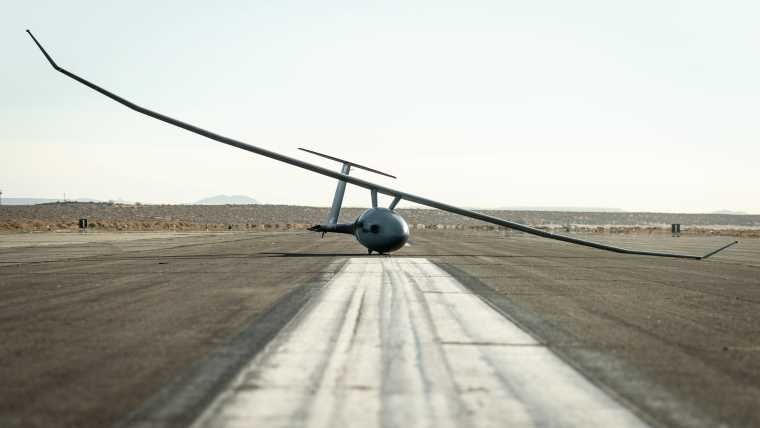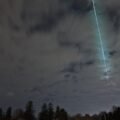The United States Navy is investing in a record-breaking drone that can stay aloft without refueling for up to ten days. Most U.S. military branches use the MQ-9 Reaper drone for long-duration reconnaissance missions since it can stay on target for as many as 30 hours at a time. However, with the newly funded Vanilla Unmanned drone from Platform Aerospace, the Office of Naval Research (ONR) is betting on a much cheaper platform that promises flight times of a week or more.
Navy Has Enjoyed Success with the Reaper Drone
On land or sea, Unmanned Aerial Vehicles (UAVs), more commonly known as drones, are increasingly part of the 21st-century battlefield. The United States Department of Defense has led the way with several militarized UAVs, including the supremely popular and successful MQ-9, a.k.a. The Reaper.
With a 30-hour flight time and sophisticated suite of onboard intelligence-gathering instruments, the Reaper offers unprecedented on-site times for intelligence gathering purposes. Still, the Navy, Marine Corps, and other intelligence agencies have dreamed of drones with significantly longer flight times, greatly expanding the territories they can cover and the missions they can support.
In hopes of bringing these dreams to reality, the Office of Naval Research is investing in the world-record-holding Vanilla Unmanned UAS, moving the military branch one step closer to week-long-plus UAV missions in some of the most dangerous parts of the world.
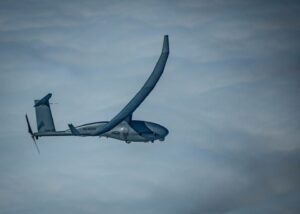

Vanilla Drone Offers Navy Three Unique Attributes
In 2021, Greg Pappianou, chief growth officer at Platform Aerospace, told Defense News that his Vanilla UAV brings three unique attributes to the Navy’s arsenal not currently available in competitive drone platforms. These include “world-record endurance, unmatched payload, and then a disruptive cost profile.”
The platform initially proved its endurance in 2017 when, according to a press release by the company, “after five days, one hour twenty-four minutes, and traversing over 7000 miles, Vanilla Aircraft’s VA001 touched down at NASA Wallops Flight Facility in Virginia, successfully completing the longest unmanned internal combustion powered flight in history.”
The company went on to smash that record in 2021 when an upgraded Vanilla UAS spent over eight days straight in the sky.
“We are extremely proud of Platform Aerospace’s historic achievement,” said Air Force Lt. Col. Adam Brooks, Emerging Technologies Combined Test Force Director, at the time of the record-breaking flight. “While the world record is exciting in and of itself, it is more important that we realize what this endurance ability means for our Joint Services who need persistent ISR capabilities immediately.”
Pappianou echoed those sentiments in the Defense News piece, noting that a Vanilla Unmanned drone launched from a friendly airbase like Sigonella, Italy, could provide days of continuous coverage over Africa, Europe, the Mediterranean, and even the Middle East. Similarly, said Pappianou, a Vanilla drone launched from Guam could patrol the critical Luzon straight between the Philippines and Taiwan for five days in a single sortie. Defense News says the same mission would require 13 sorties and considerably more person-hours using America’s current drone assets.
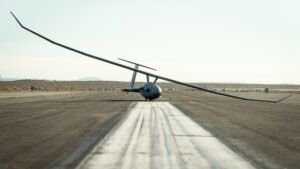

“If you start with a seven- to 10-day airplane, you’ve got a lot of freedom there to put stuff on,” said Tim Heely, the company’s senior vice president for strategy and a retired Navy rear admiral.
In 2019, the company noted that its Vanilla UAS is designed to “operate for up to ten days at altitudes up to 15,000 feet with a dash speed of 75 knots and loiter speeds of around 55 knots.”
The company also emphasizes the cost savings of their platform compared to current category-competitive drones. For instance, although not specifically designed to replace the Reaper, which is heavier and flies much faster, placing it in a different craft class, the Vanilla system costs around $2 million apiece. In contrast, the Reaper runs around $72 million.
“That puts it in the cost range of attritable systems — reusable, but inexpensive enough to lose in battle — that the U.S. military has sought in recent years,” the Defense News explains.
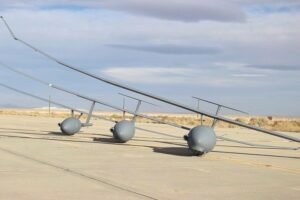

Navy Plans May Include 24-Hour Flight Time VTOL Drone
There is no definitive timeline for the new Vanilla Unmanned system to reach deployment. Still, the five-year Small Business Innovation Research grant provided by the ONR offers a hint as to the Navy’s general goals.
The release also notes that along with the winged version of Vanilla, Platform Aerospace is developing a Vertical Take-Off and Landing (VTOL) multi-rotor drone for the Navy that can be launched from the deck of a ship and stay aloft for over 24 hours at a time. Like the winged version, the Navy has not released a timeline for the Vanilla VTOL drone’s delivery.
“Our goal is to get a low-cost, ultra-long endurance ISR asset to the warfighter that can carry real mission payloads. The system that flew these last three days costs less than (DoD) pays for some ordnance,” said Kurt Parsons, Platform Aerospace CEO at the time of the October 2021 record-setting flight. “It’s not just the sticker price for this record-setting system, but also a multi-day flight model with drastically reduced manning and logistics cost.”
Connect with The Debrief’s Science Editor Christopher Plain on Twitter @plain_fiction
